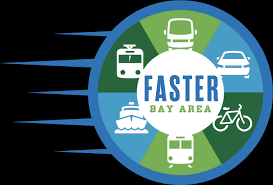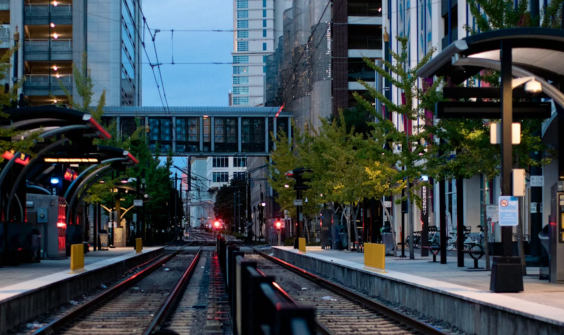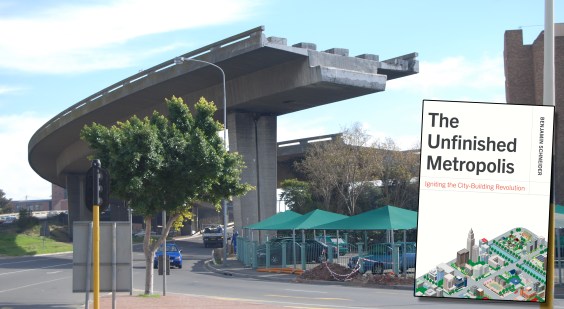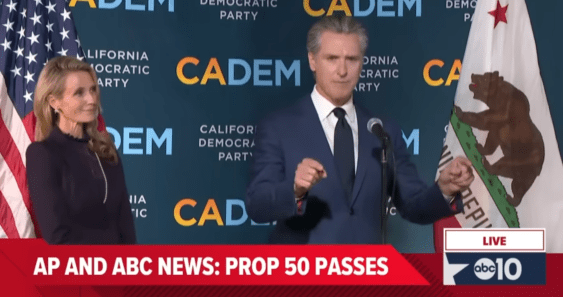Note: GJEL Accident Attorneys regularly sponsors coverage on Streetsblog San Francisco and Streetsblog California. Unless noted in the story, GJEL Accident Attorneys is not consulted for the content or editorial direction of the sponsored content.
After months of laying the groundwork, the coalition behind the proposed “Faster Bay Area” (FASTER) ballot measure decided in March to postpone their efforts in light of the uncertainty caused by COVID-19.
As FASTER regroups for 2021 or 2022, Streetsblog decided to reach out to experts who bring different lenses to ballot measures, a mix of local advocates, national analysts, and veterans of ballot measure campaigns from other parts of the country, for their thoughts. Our first interview was with Steven Higashide, the Director of Research at Transit Center and author of Better Buses, Better Cities: How to Plan, Run, and Win the Fight for Effective Transit.
For our second interview, we spoke with Jeffrey Buchanan, the director of public policy for Working Partnerships USA.
Note: this interview took place before the San Francisco Board of Supervisors failed to support a Caltrain sales tax measure.
Streetsblog San Francisco, Damien Newton (SBSF): Thanks for taking the time to speak with us about a potential ballot measure which is now years down the road. With Faster Bay Area and any measure from Voices for Public Transportation not on this fall’s ballot, advocates have time to regroup and begin to work towards a mega-ballot measure in 2022 or even 2023.
What kind of work can groups do now, what issues can be raised, to make sure that we have an even better measure than Faster Bay Area when we do finally get to the ballot?
Jeffrey Buchanan, Working Partnerships (JB): We’ve been raising a number of issues around ensuring equity, including labor standards in a measure and asking ‘what are the key issues for the transit justice community? What does fairness look like in a ballot measure?”
There’s certainly a lot of issues around that particular question and certainly process is important. But so are outcomes. What the policy looks like is what’s most important.
SBSF: It’s interesting you were talking about labor standards, because it’s not something we discuss enough when it comes to ballot measures. Politicians like to assure voters they are getting the most ‘bang for the buck’ on a project list, but sometimes that means that maybe the agency isn’t holding itself to a gold standard for how it treats its employees.
But you’re saying, and I agree with you, you’re saying that’s important.

JB: Yes, it’s about transit justice for those who are most impacted about decisions around transit, particularly when it comes to fiscal questions. What does this mean for transit riders, many of whom are people of color or essential workers. These are the people that are dependent on transit operations.
So it’s not just what are the needs of the bus and light rail systems, but what are the needs of the riders? What are the needs of the people who are driving, maintaining and cleaning these vehicles? The people who are building these capital projects? Many of these people use transit.
Try to think about the range of low-income families and how they interact with transit. It’s communities of color that are dependent on transit, but they oftentimes aren’t the focus when these types of measures are being negotiated.
We’ve always tried to stress justice issues in these revenue questions that are particularly important now while we think about COVID. We have to be thinking about these issues not just in the future, but when we think about what the Bay Area should be doing with money from the CARES Act. What does fairness look like when we’re spending those federal monies?
A ballot measure is super important, but there’s fiscal debates going on right now, such as CARES Act money, that’s just as important but more topical.
SBSF: Absolutely, there’s a ton going on right now that we can and should focus on. The reason we’re talking about ballot measures now, when we’re two years out, is so that we’re a little ahead of the game this time and not debating whether or not a flawed measure is good enough in a couple of years.
Regardless, we have some time before Faster 2, or whatever they’re going to call it, for a better process and hopefully a better measure. What should we be doing now to make sure that happens or what can be done over the next year or so?
JB: The most critical thing we’re thinking of right now, especially with COVID, is transit operations. We’re seeing a huge decline in farebox recovery and sales tax revenue is decreasing.
So we’re trying to find the revenue, and new sources of revenue, to keep our transit systems moving. We need to take care of our essential workers that depend on being able to ride the bus, or ride the train to get to work.
In the long-term we’re going to need to secure additional resources to keep those lines running and even to increase the number of hours we can run the system.
That has to be priority-one in any future measure.
It’s the same now as we decide how to spend federal relief monies for transit systems.
Certainly, there’s a lot of critical capital projects that are important to spurring equitable transit oriented development in our region. As capital projects are being developed and considered for funding, we need to be bringing an equity lens to how we prioritize projects to ensure we’re creating equitable transit-oriented communities.
Also, we have to make sure we have those strong labor standards we were talking about, insuring that we’re promoting good jobs and insuring that our operators are having good jobs and are well trained.
SBSF: One of the things Steve said is that we should be looking at how our transit services are working right now, in this unique moment, for our essential workers: not just the doctors and nurses but the people that are working at the stores, people that are working throughout the food supply chain and other open businesses are supported.
By looking at how it’s working for these transit riders now, we can best prioritize how to spend any future money as it becomes available.
JB: I think he’s right.
We’ve been making the case for a long-time that agencies need to think more about these transit-dependent riders and think about how we design a transit system to address their needs.
So it’s a good point. We should all be pushing all of our transit agencies to be focused on the essential worker, transit dependent families and the people that rely on our transit agencies the most.
I think the COVID emergency has really highlighted that and created a greater challenge to also think about public health in a time when their resources are causing some of them to provide less service even as we need more.






